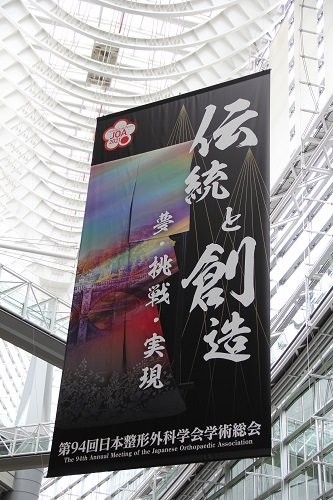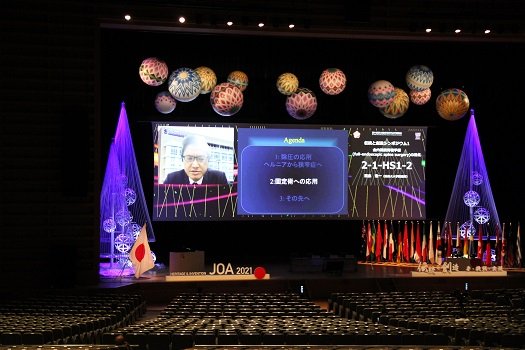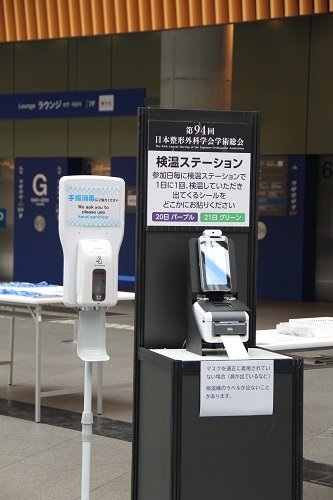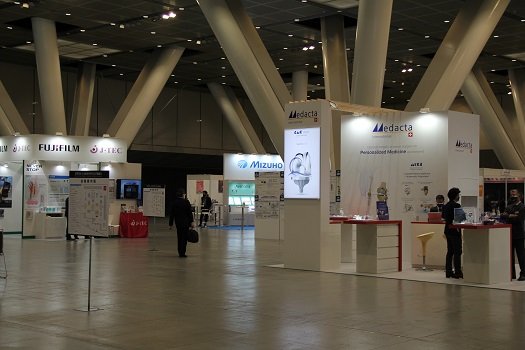An interview with Dr. Hiroyuki Tsuchiya regarding the 94th Annual Meeting of the Japanese Orthopaedic Association held in Tokyo
From May 20 to 23, the Japanese Orthopaedic Association, with a membership of 25,000, successfully organized "the 94th Annual Meeting of the Japanese Orthopaedic Association" at the Tokyo International Forum and JP Tower in a hybrid format. The in-person part of the meeting was held without a live audience. Its primary purpose was to record the sessions and distribute them on demand to registrants from June 10 to July 12.
We interviewed the Congress President of the 94th Annual Meeting Japanese Orthopaedic Association, Dr. Hiroyuki Tsuchiya, professor of the Department of Orthopaedic Surgery, Graduate School of Medical Sciences, Kanazawa University, to hear more about the meeting.



- Please tell us about the challenges you faced in coordinating the meeting amid the state of emergency.
Last year, the Annual Meeting was affected by the spread of the coronavirus and was held entirely online. We have received a lot of feedback that the networking between participants was a real challenge, and sponsors were not satisfied. These were the main reasons we decided to organize this year's meeting in a hybrid format to have more in-person participants.We were proceeding with the preparations when the state of emergency was issued in Tokyo on April 23. At the beginning of May, it was extended until May 31. Initially, we were considering canceling the meeting if the state of emergency was announced. Instead, we decided to limit in-person participation to speakers only two weeks before the opening upon numerous discussions.
During the in-person recordings of the meeting, we gave special consideration to preventive measures against COVID-19. In addition to disinfectants at the reception desks and each entrance, we installed temperature measuring devices. A label sticker with the individual's body temperature was printed every day and attached to the name badges. The color of the label varied every day. It saved the trouble of measuring body temperature upon entering each room at the venue and therefore reduced the participants' burden.



- Please tell us about your views on future meetings and perspectives for academic activities.
A new post-COVID society and lifestyles are being considered, and various guidelines are seen in many fields.Online and on-demand delivery of meeting content and other academic activities will be a viable option in the post-COVID era. However, meetings held by academic societies are much more than just listening to presentations. It consists of the air within the venue, actual eye contact, deep theoretical knowledge exchange in serious search for the truth through engaging discussions, coincidental corridor meetings with colleagues to deepen old friendships and obtain new inspirations. I genuinely believe that all these and much more can only be gained during in-person meetings. They are a true stimulation to our daily activities and result in further academic development. I am sure that in-person meetings are here to stay, and hybrid meetings will become the norm.

